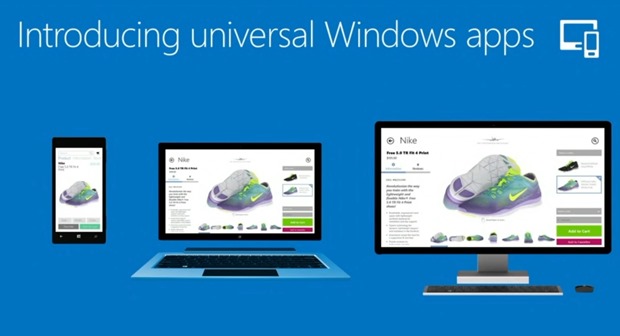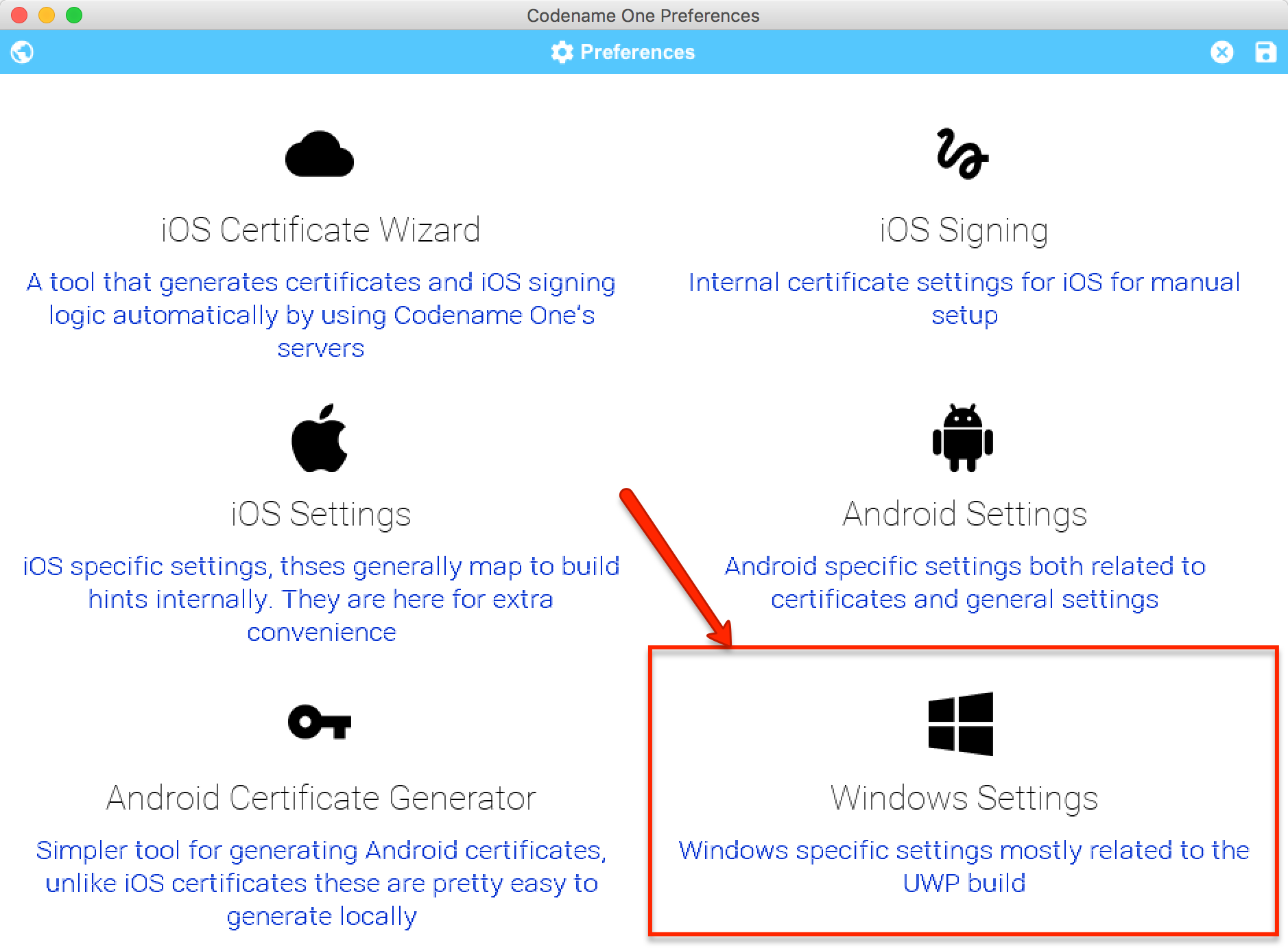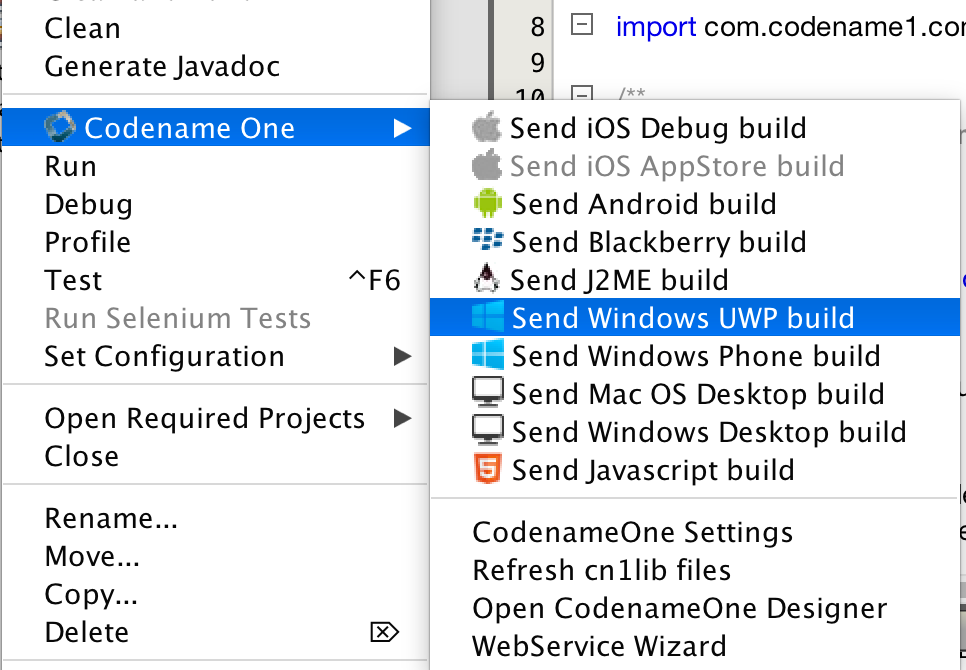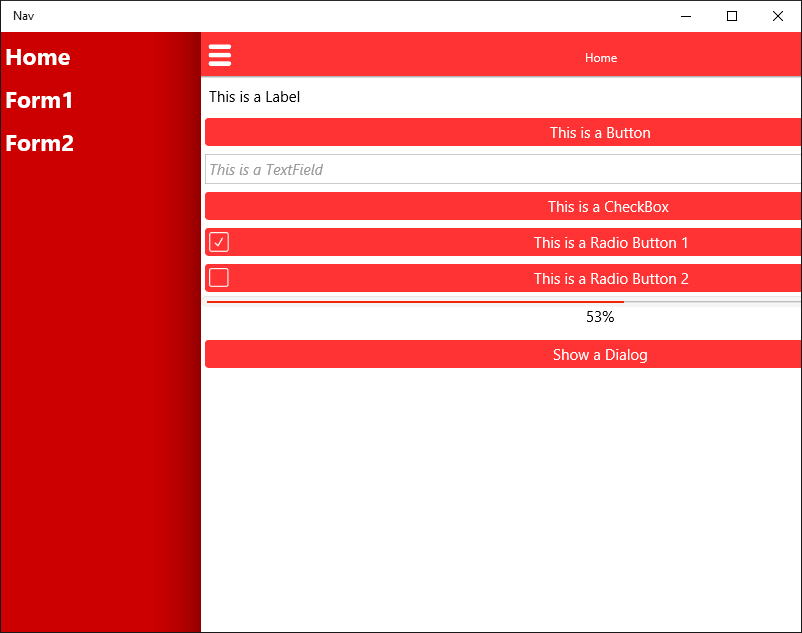
After many months of work and effort put in by all of us but especially by Steve Hannah and
Fabrício Carvalho Cabeça we are finally live with the Windows Universal Platform (AKA UWP)
native build target!
As far as I know Codename One is the only native option for Java developers to build native Windows UWP apps.
| Notice that this target is still in technology preview stage! Please report any issue you run into |
Besides the effort of building the Codename One port with everything it entails (including newer build servers)
we also leveraged the ambitious iKVM project which we had to modify extensively with
the help of some community members specifically Eugene who proved very
helpful during this work!
(I hope I didn’t forget anyone, I didn’t take an active role in this port and I might have missed someone if so please
accept my apologies).
The whole source of this port as well as our changes to iKVM are available in our git repository.
What does this Mean?
As of May Windows 10 is installed on 300 million PC’s and devices making it a significant platform and appstore.
Microsoft has traditionally been quite strong in the enterprise and the ability to sell into that market thru it’s
appstore (with the success of the Surface tablet line) is valuable.
Microsoft has standardized on the Universal Windows Platform which effectively “reinvents” Windows as
a single platform on all supported devices. In a way this is very much like Java’s Write Once Run Anywhere
for the Windows ecosystem (mobile, tablets, xbox, desktops etc.).
Windows UWP apps can be sold thru the Microsoft appstore which is currently growing as users are still
adopting Windows 10.
Building an App
You don’t need to make any change to your app to run it on a Windows 10 device/computer. Notice that you
will need a certificate file to ship such an app, we are still working on instructions to generate such a certificate
in a simple way but you can configure a license file in the new Codename One settings UI under the
Windows UWP settings.
| This is currently optional, you can send a build without configuring a certificate to test this on your local machine |



To actually build the native app you can just right click and select the Windows UWP target, don’t be confused
with the two other options for desktop & the old Windows Phone support…

Installing the build on your machine requires Windows 10 (obviously) but also requires development mode indicating
that you can “sideload” applications. We need to writeup our own documentation on how to do this but
for now check out
this well written guide.
Once you do that your app can run on your machine and we should be able to submit such apps to the Windows
store:

What’s Next?
The next set of steps depend on you. We will try to get apps into the Windows Store in order to complete the process
but we will consider this port production grade only when significant apps start shipping to the Windows Store.
So we need bug reports and demand from you in order to bring this to that coveted production grade status…
Future of Windows Desktop Port
You will also notice, UWP allows building Windows desktop apps which overlaps with the Windows Desktop
build target that is currently limited to pro subscribers.
There is still some value in the Windows desktop build in the sense that it’s really a Java SE application with the
full power of the JRE behind it. If you need that and compatibility to older versions of Windows this can be quite
powerful…
However, if you are interested in a smaller native binary and can live with Windows 10 or newer as the baseline
I’d go for the new port as it should provide a superior native experience with a smaller footprint.
For now we will keep supporting the Windows desktop target and have no plans of removing/deprecating it.
Build Hints
| This section was added on June 14th and was missing from the original post… |
By default debug builds are sent for Windows UWP builds, those default to using x64 architecture only to keep
the size small. When you send release builds you will receive a proper universal binary.
To toggle these modes we added two build hints:
uwp.buildType which can be either debug (the default) or release.
uwp.platforms which defaults to x64 on debug builds but can be set to x64|x86|ARM for universal builds.





9 Comments
This sounds really good. I don’t have much to do with the Windows eco-system, so if I want to try this, I’m guessing any recent Windows mobile should run this, or is there some specific version (of the seemingly ever changing) Windows mobile platform I need to look for ?
It requires a device that’s running windows 10 and some of the older devices won’t get that upgrade.
WOW!!! CodenameOne rocks, one stone (code base) to kill(target) all the birds(platforms) in the air(out there). Am loving it. Will surely try it in the next version of our app [http://ozioma.net](http://ozioma.net). Great job guys. 🙂
I am over the moon with this!!!!!!!!!
Good news for Java devs
Is it free for beginner developer?
It is available to all subscription levels including the free level.
Hello, i have 3 already made Java apps (using nothing but Java SE), can i convert them to UWP using Codename One?
No. Codename One supports a subset of Java SE and our own UI API which is more portable than anything available in JavaSE.
OTOH you will gain for your effort the portability to iOS, Android, UWP, JavaScript (with threads etc.)